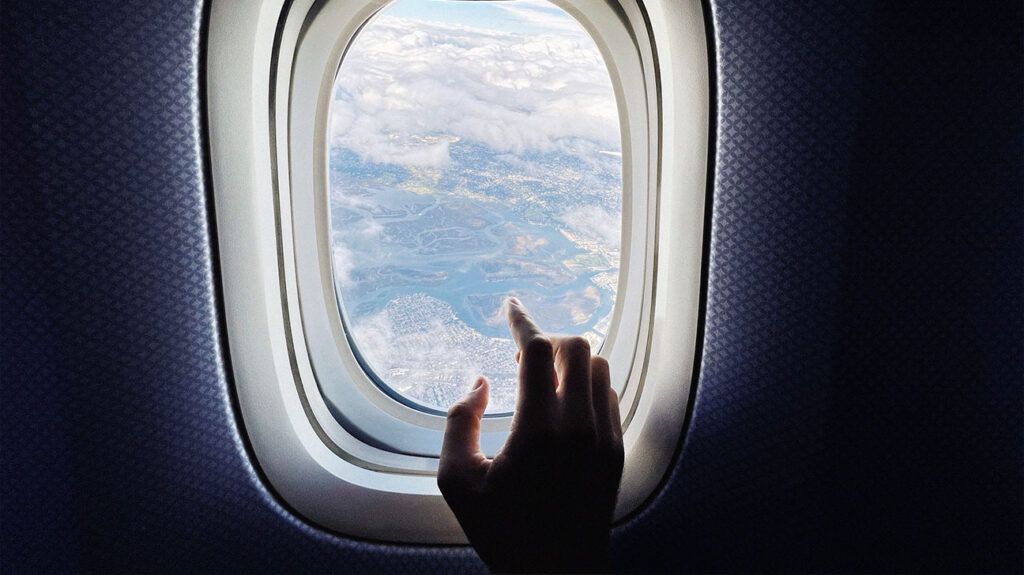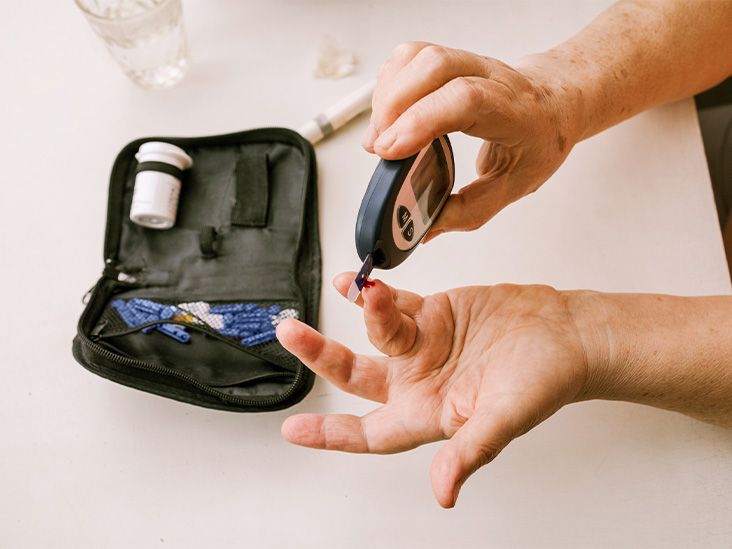Fear of flying, or aviophobia, is a relatively common phobia. Strategies such as therapy and gradual exposure may help someone reduce their negative feelings toward flying and eventually conquer the fear.
A fear of flying is a type of specific phobia, meaning it is often intense and irrational. Aviophobia may interfere with a person’s ability to travel for leisure or work.
This fear may cause physical symptoms, such as sweating, a rapid heartbeat, and trembling. People may also experience irritability and try to avoid flying or even thinking about traveling.

Aviophobia symptoms are usually intense, enduring, and not proportionate to the danger a flight poses. Symptoms may relate to thoughts of a plane crash.
People with a fear of flying may experience the following symptoms before or during a flight:
For some people, even the prospect of planning future air travel may trigger these symptoms. This can limit leisure options and may be a problem for those who need to travel for business.
A fear of flying is a specific phobia, which
People may also develop a fear of flying through learned behavior. For example, a person may experience fear if they see images of an airplane crash on TV or in the newspaper or have a bad experience in the past, such as a flight with severe air turbulence.
Airport security measures, such as long queues, body searches, and X-ray scanners, can also trigger feelings of anxiety in some people.
Children may develop a fear of flying if a parent has the same fear, through modeling the same behavior or experiencing over-protective parental actions when flying.
For some people, a fear of flying is not due to the flying itself but may stem from anxiety about factors such as:
- being in an enclosed space (claustrophobia)
- crowds (enochlophobia)
- heights (acrophobia)
- hijacking or terrorism
- a loss of control
Is flying safe?
According to a 2024 press release by the International Air Transport Association (IATA), 2023 was the safest year for flying by several parameters, with no fatal accidents involving passenger jets.
The press release states that aircraft fatality risk improved from a 0.11 five-year average across 2019 to 2023 to 0.03 in 2023.
The all-accident rate reduced from an average of one accident every 0.88 million flights over the five years and every 0.77 million flights in 2022 to one accident every 1.26 million flights in 2023.
In the press release, the IATA’s director general emphasizes a continued priority on safety even though flying is already the safest mode of transport.
A healthcare professional may suggest the following strategies to manage a fear of flying:
1. Exposure therapy
Healthcare professionals may use controlled exposure to help someone overcome their fear of flying. Exposure-based therapies work by exposing the person to the object or situation that frightens them. Exposure may be in real life or use virtual reality.
People with a fear of flying may try to avoid it, so they may not have the chance to experience situations in which their fears or anxieties do not come true or, if they do come true, that they can tolerate them because the situation is not as bad as they expected.
Treatment may involve several sessions under the guidance of a trained therapist. A person may experience gradual exposure to parts of their fear, from the least to most anxiety-inducing elements.
People may learn management techniques, such as deep breathing and how to identify and correct irrational thoughts, which they can use during exposure to their fear.
A 2023 case report highlights an example of gradual exposure therapy and medication treating a 29-year-old male’s fear of flying.
2. Cognitive behavioral therapy (CBT)
CBT aims to help people change how they think about things they are afraid of.
A 2022 research article involving 268 participants ages 7 to 16 years suggests that a single CBT session may be as effective at treating specific phobias as multiple sessions.
In CBT, people learn to identify negative thoughts and emotions and question if they are realistic and helpful. If they are not, they learn strategies to correct these thoughts so they do not develop into negative behavior patterns.
An older study from 2007 examined the effect of CBT on flying anxiety in 115 people. The researchers associated CBT-taught skills with reduced flying anxiety and suggested that these effects may last in the long term.
However, further research, including more recent studies, may be necessary to understand exactly how effective CBT may be for fear of flying.
3. Pharmacological treatment
There are
They may prescribe anxiety medication, such as diazepam (Valium) or alprazolam (Xanax), or motion sickness medication, such as dimenhydrinate (Dramamine). However, the medications may depend on the symptoms someone usually experiences.
A doctor may instruct the person to take the relevant medications shortly before flying.
It is important to consult a doctor before using medications for fear of flying. Although medications may help someone manage the symptoms of their fear, they cannot treat a phobia and may cause adverse effects.
4. Take a fear-of-flying course
Some airlines now offer courses to help people manage fear of flying. These courses may involve the following aspects or tools for support:
- webinars or podcasts about people’s experiences
- ebooks
- online communities where people can share support and experiences
- question and answer sessions with pilots and industry experts
- the opportunity to sign up for longer support programs
5. Planning a trip
Careful planning may help to take the stress out of traveling. The following practical tips may help a person feel more confident about traveling:
- Book a direct flight without any transfers to make the trip shorter.
- Reserve a seat in the middle over the wings where there is less turbulence.
- Choose an aisle seat, where there is extra space to stretch out the legs, or pick a window seat where a person can settle in for the entire flight without needing to move to allow others to pass.
- Reserve priority boarding to reduce queuing before getting on the plane, which may make some people anxious.
- Fly in a larger plane, which may be less affected by turbulence.
Aviophobia involves an intense, irrational fear of flying. Symptoms may include nausea, trembling, and shortness of breath when flying, getting ready to fly, or simply thinking about it.
Fear of flying is something that many people can manage with the right tools and help. A healthcare professional may be able to use CBT or exposure therapy to reduce feelings of anxiety due to flying.
Alternatively, people can change how they plan their trips to make traveling easier or sign up for airline programs that aim to help people with a fear of flying.


